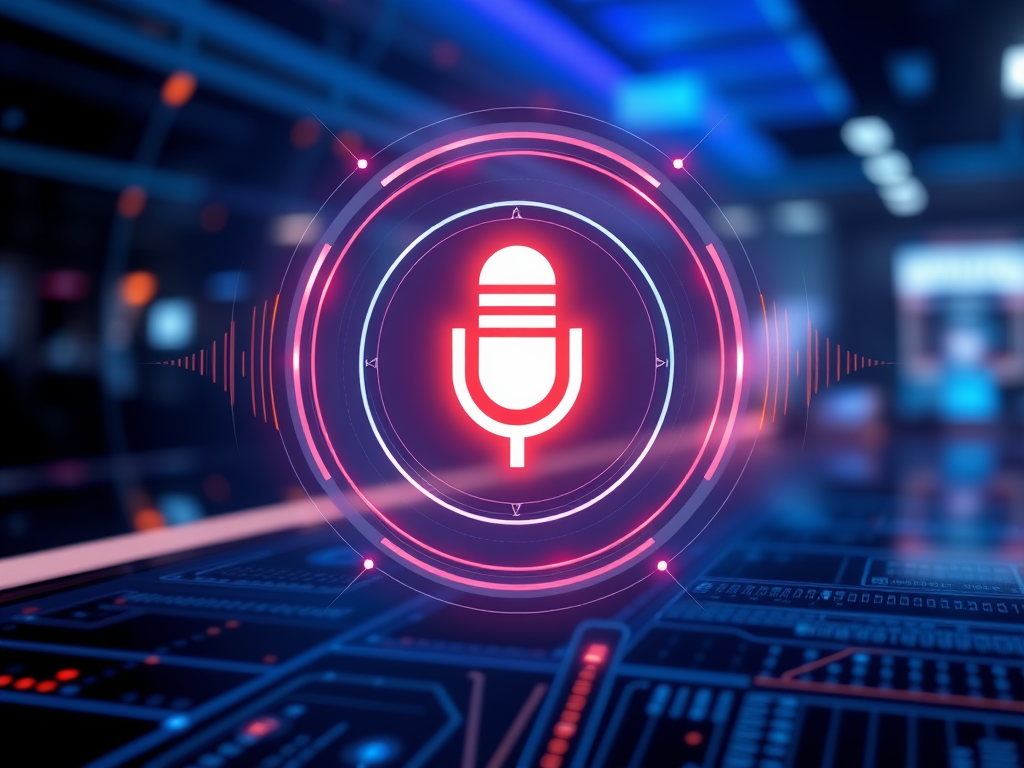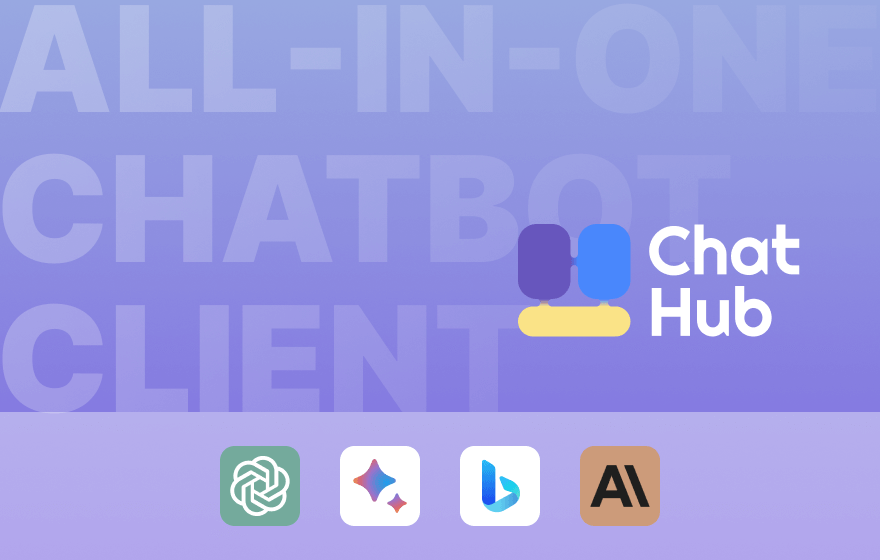How to Build an AI Voice Assistant That Fits Your Needs Perfectly?

AI voice assistants have become an integral part of our daily lives, helping us with tasks like setting reminders, answering questions, and even controlling smart home devices. But what if you could create your own AI voice assistant tailored specifically to your needs? Whether you’re a tech enthusiast or a business owner looking for a custom solution, building a homemade voice assistant is easier than you might think.
In this guide, we’ll walk you through everything you need to know about creating a realistic AI voice assistant, from understanding its capabilities to step-by-step tips for building one from scratch. Plus, we’ll introduce you to ChatHub, a powerful tool for customizing your AI assistant.
Part 1: What Can an AI Voice Assistant Do?
Before diving into the creation process, it’s important to understand what an AI voice assistant can do. These intelligent systems are designed to perform a wide range of tasks, including:
- Answering Questions: AI voice assistants can provide instant answers to general knowledge questions, weather updates, or even complex queries.
- Task Automation: From setting alarms to scheduling meetings, they can handle repetitive tasks efficiently.
- Smart Home Control: AI assistants can integrate with smart home devices, allowing you to control lights, thermostats, and security systems with voice commands.
- Language Translation: Many AI assistants can translate languages in real-time, making them useful for travelers or multilingual households.
- Entertainment: They can play music, read audiobooks, or even tell jokes to keep you entertained.
- Personalized Recommendations: Advanced AI assistants learn your preferences over time, offering tailored suggestions for shopping, dining, or entertainment.
The possibilities are endless, and by building your own AI voice assistant, you can customize its features to suit your unique needs.
Part 2: 10 Tips to Build Your Own AI Voice Assistant from Scratch
Creating a homemade voice assistant may sound daunting, but with the right approach, it’s entirely achievable. Here are 10 tips to guide you through the process:
Define Your Goals
Start by identifying what you want your AI voice assistant to do. Is it for personal use, like managing your daily tasks, or for business purposes, such as customer support? Clear goals will shape your development process.
Choose the Right Tools and Frameworks
There are several tools and frameworks available for building AI voice assistants, such as Google Dialogflow, Microsoft Bot Framework, and Rasa. Research and select the one that aligns with your technical expertise and project requirements.
Leverage Pre-Trained Models
Instead of building everything from scratch, use pre-trained AI models like OpenAI’s GPT or Google’s BERT. These models can handle natural language processing (NLP) tasks effectively, saving you time and effort.
Focus on Natural Language Processing (NLP)
NLP is the backbone of any AI voice assistant. Invest time in training your assistant to understand and respond to user queries naturally. Tools like spaCy and NLTK can help with NLP development.
Incorporate Text-to-Speech (TTS) and Speech-to-Text (STT)
To make your assistant truly interactive, integrate TTS and STT capabilities. Google Cloud Speech-to-Text and Amazon Polly are excellent options for this purpose.
Design a User-Friendly Interface
If your assistant will have a visual component, ensure the interface is intuitive and easy to navigate. For voice-only assistants, focus on clear and concise responses.
Train Your Assistant with Real Data
The more data you provide, the smarter your assistant will become. Use real-world conversations and scenarios to train your AI for better accuracy and relevance.
Test and Iterate
Testing is crucial to ensure your assistant performs as expected. Gather feedback from users and make improvements based on their input.
Ensure Privacy and Security
If your assistant handles sensitive information, prioritize data privacy and security. Implement encryption and comply with relevant data protection regulations.
Add Personality
Give your assistant a unique personality to make interactions more engaging. Whether it’s a friendly tone or a professional demeanor, a touch of personality can enhance the user experience.
Part 3: Use ChatHub to Customize Your AI Voice Assistant
If you’re looking for a simpler way to create and customize your AI voice assistant, ChatHub is an excellent solution. ChatHub is a versatile platform that allows you to build, train, and deploy AI assistants without extensive coding knowledge.

Key Features of ChatHub:
- User-Friendly Interface: ChatHub’s drag-and-drop interface makes it easy to design your assistant’s conversational flow.
- Customizable Responses: Tailor your assistant’s responses to match your brand’s tone and style.
- Scalability: Whether you’re building a personal assistant or a business solution, ChatHub can scale to meet your needs.
By using ChatHub, you can save time and focus on fine-tuning your assistant’s features to deliver a seamless user experience.
Conclusion
Building an AI voice assistant that fits your needs perfectly is an exciting and rewarding project. By understanding the capabilities of AI assistants, following the 10 tips outlined above, and leveraging tools like ChatHub, you can create a realistic and functional assistant tailored to your goals.
Whether you’re a tech enthusiast exploring the possibilities of AI or a business owner seeking a custom solution, the journey of creating your own AI voice assistant is both educational and empowering. Start today and bring your vision to life!
FAQs
1. How long does it take to build an AI voice assistant?
The time required depends on the complexity of your project and your technical expertise. Simple assistants can be built in a few days, while more advanced ones may take weeks or months.
2. Do I need coding skills to create an AI voice assistant?
While coding skills are helpful, platforms like ChatHub allow you to build AI assistants with minimal coding knowledge.
3. Can I use my AI voice assistant on multiple devices?
Yes, most AI assistants can be integrated with various devices, including smartphones, smart speakers, and computers.
4. How much does it cost to build an AI voice assistant?
The cost varies depending on the tools and resources you use. Open-source frameworks are free, but premium platforms and APIs may have associated costs.
5. Is it possible to add multiple languages to my AI assistant?
Absolutely! Many AI frameworks and platforms support multilingual capabilities, allowing your assistant to interact in different languages.






